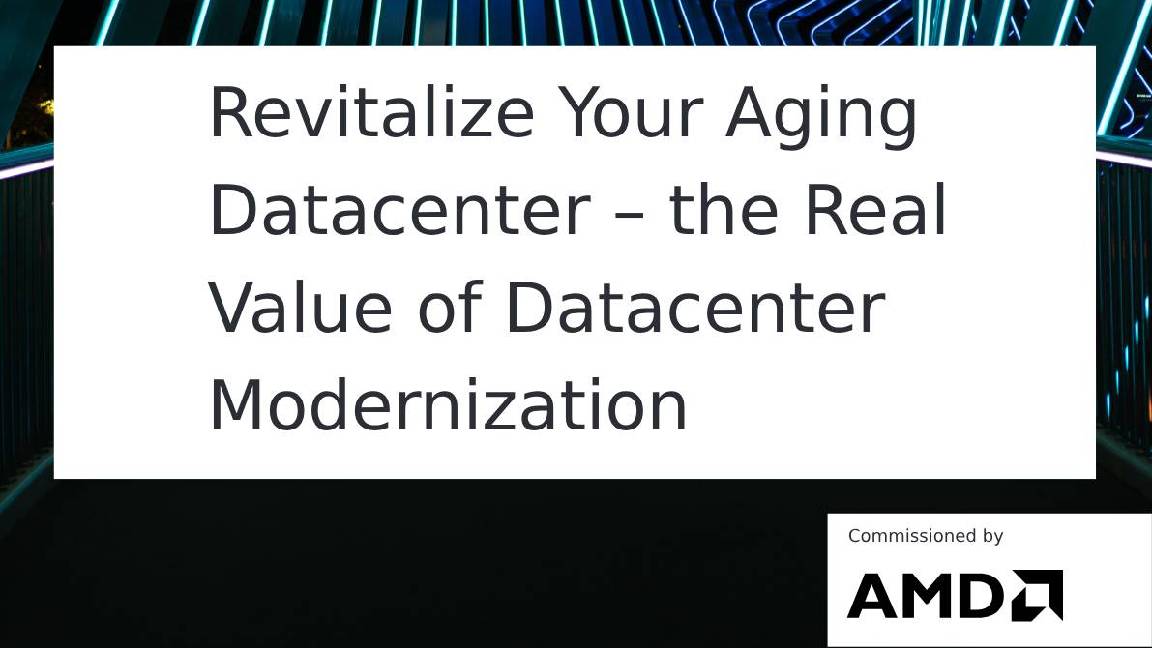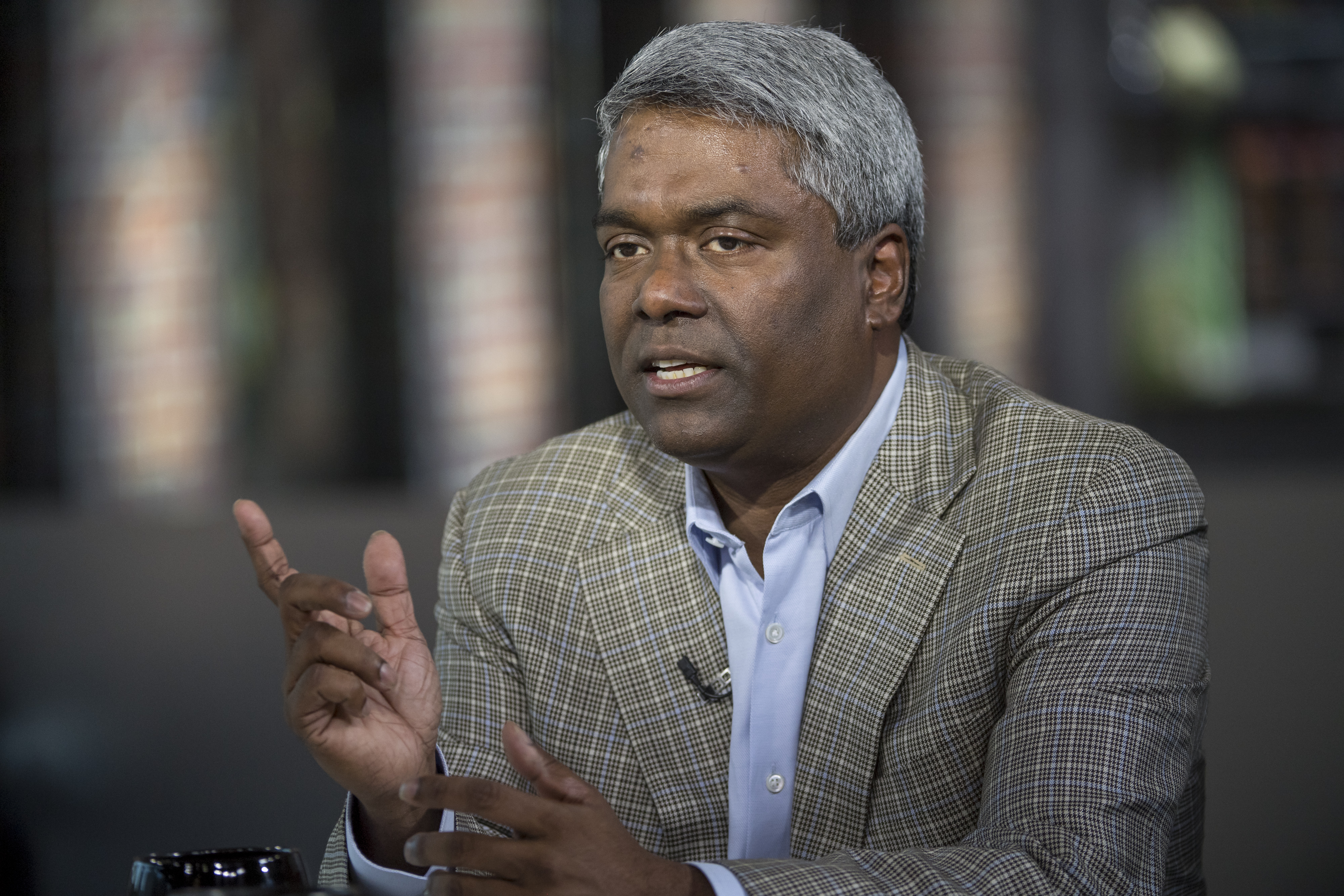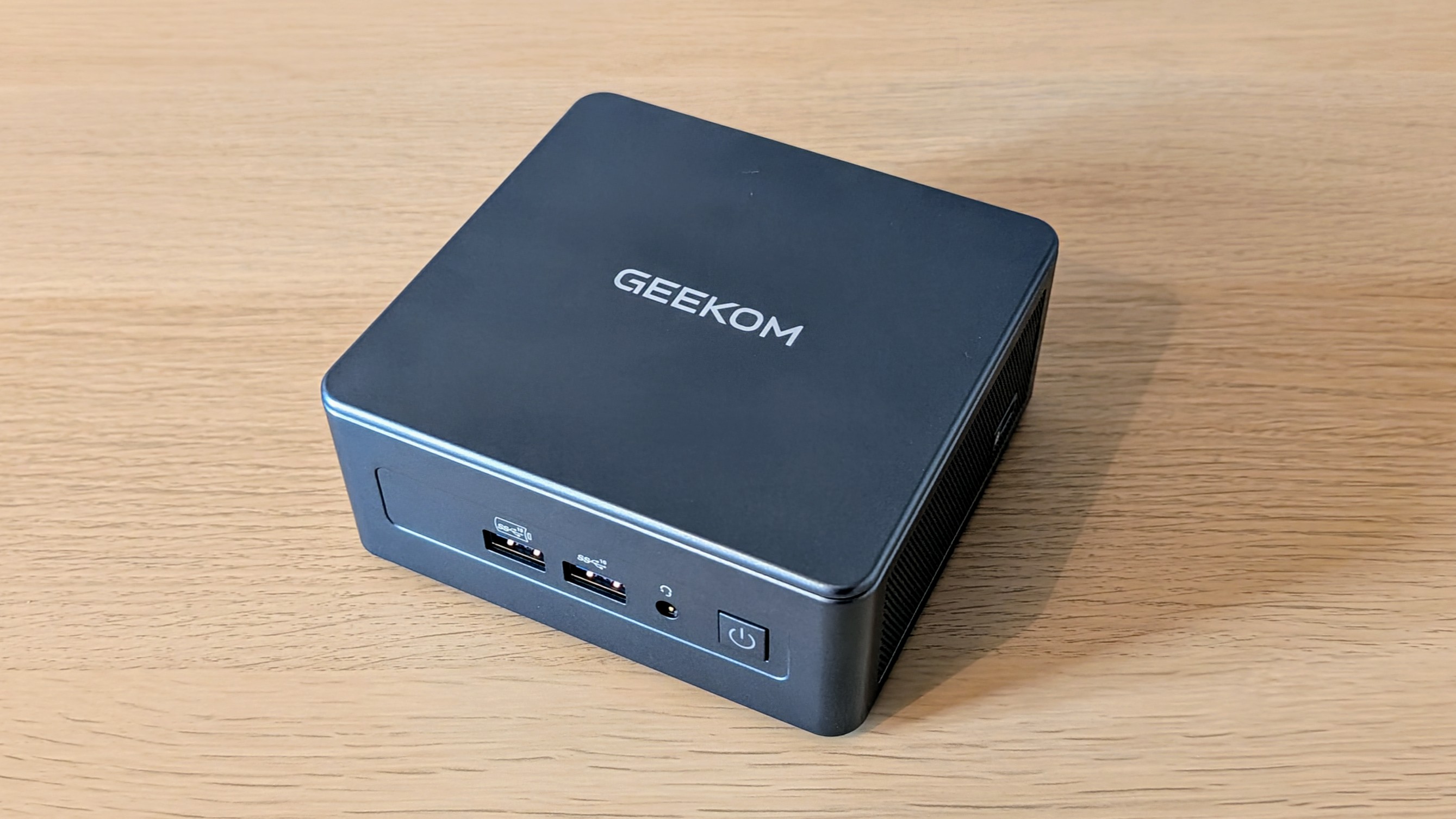Cloud computing or mainframe? Why the pendulum might be swinging back in the age of hybrid strategies and generative AI
The rush to dump mainframes in favor of cloud computing has slowed, and there are several key factors behind this deceleration


The rush to replace longstanding mainframes with cloud computing-based options may be losing some of its momentum as companies try to find a more balanced approach to their computing needs.
A survey from application modernization firm, Advanced, found that while digital transformation was high on the agenda, that didn’t necessarily mean the end for the mainframe. In fact, only 6% of respondents believed the mainframe would be replaced by alternative technologies in the near future.
“Since 2020, when cloud migration was almost unanimously a top priority, some organizations made the quick decisions to migrate to the cloud en masse, and we’re seeing the pendulum swing the other way in 2024,” the report said.
“Clearly, wholesale migration off mainframes isn’t the silver bullet it was once thought to be, and organizations are finding a more deliberate and thoughtful path forward.”
Just over half of the companies (52%) said they planned to maintain or grow their dependency on mainframes, with 18% of healthcare organizations planning to grow their mainframe ecosystems - more than any other sector.
More than half of respondents said mainframes are their preferred platform for core applications (56%) and legacy applications that have complex dependencies on mainframe infrastructure (51%).
The report quoted a project manager at an insurance company who explained the firm was still heavily reliant on mainframes for core applications and processes such as underwriting. In particular, the company relied on mainframes for “strong large-scale transactional data”.
Get the ITPro daily newsletter
Sign up today and you will receive a free copy of our Future Focus 2025 report - the leading guidance on AI, cybersecurity and other IT challenges as per 700+ senior executives
Advanced said that a division of deployment was emerging, with mainframes used for core applications and cloud for innovation, with 92% favoring a hybrid cloud approach.
The pain that comes with mainframe modernization projects may be part of the reason to stick with the status quo. A majority (86%) of respondents said they started mainframe modernization projects in the past, but only 22% reported success, with complexity (40%), project cost (36%), and risk (33%) all getting the blame.
“Attempting large-scale migration without fully understanding workload interdependencies or time and budget needs has led many to underestimate the impact of modernization,” the report said.
For companies that still have mainframes running, there’s no sign they are going away. More than two-thirds (68%) of respondents said mainframes will continue being a critical technology platform for large enterprises over the next five years, while 26% saw mainframes gradually declining in prominence.
The report said that in the rush to the cloud, some organizations failed to fully evaluate workload suitability. This led to less-than-optimal outcomes and some eventual reversals, where applications were actually returned to the mainframe environment.
The report quoted a CIO of an energy company which had migrated its real-time energy consumption monitoring system to the cloud for scalability and analytics benefits. As its customer base expanded, however, it faced security concerns related to sensitive customer data and decided to repatriate the workload to its on-premises data center.

Separate research from NTT Data also showed that banking remains deeply reliant on mainframes. Its survey of 650 global banking decision-makers found that 63% are still relying on mainframe infrastructure.
The research found that banking execs were keen on the cloud because it can offer them greater operational agility beyond that of mainframes as well as scalability and enhanced disaster recovery options. Cost reduction was not seen as a significant driver of migration.
NTT Data said that while research showed banks have a strategic intention to adopt cloud technologies, none of the decision-makers surveyed have fully transitioned all suitable applications, while some legacy systems may never migrate because of technology constraints.
“This has meant that each subsequent migration has become incrementally more complicated and risker, and despite the push to innovate the mainframe remains entrenched,” the report said.
Over three quarters - 78% - of the respondents who had been through a cloud migration described it as “challenging” while 18% said it had been “extremely challenging”.
RELATED RESOURCE

Get insight into the real value of datacenter modernization
DOWNLOAD NOW
However, this is unlikely to be the end of the story.
The NTT Data report also noted that even if mainframe migration projects are painful, they may also be inevitable, thanks to a looming skills gap.
Many mainframe experts are reaching retirement age, making the systems harder to maintain and trickier to migrate away from.
“As the industry advances, there’s a noticeable decline in the availability of seasoned mainframe experts,” the report said.
“This scarcity presents banks with a two-fold challenge: ensuring the continuous operation of their existing mainframe systems while simultaneously updating and modernizing them to keep pace with the rapidly changing digital landscape.”
Generative AI raises questions over the shift to cloud computing
Well over half (63%) of respondents also said generative AI is prompting more banking applications to shift to the cloud.

The survey from Advanced similarly found that 52% of respondents said AI innovation was accelerating their shift from the mainframe. Insurance companies and those in the US were more likely to report a significant AI impact on their modernization plans, according to the report.
Generative AI, in particular, holds out the promise of improved and personalized customer engagement and enhanced fraud and risk management, all things banks are eager to build on.
It seems that as the skills crisis is pushing companies away from the mainframe, the prospect of AI innovation is pulling them towards the cloud. As the workforce ages and generative AI tools improve, that pressure is likely to increase.
Steve Ranger is an award-winning reporter and editor who writes about technology and business. Previously he was the editorial director at ZDNET and the editor of silicon.com.
-
 Geekom Mini IT13 Review
Geekom Mini IT13 ReviewReviews It may only be a mild update for the Mini IT13, but a more potent CPU has made a good mini PC just that little bit better
By Alun Taylor
-
 Why AI researchers are turning to nature for inspiration
Why AI researchers are turning to nature for inspirationIn-depth From ant colonies to neural networks, researchers are looking to nature to build more efficient, adaptable, and resilient systems
By David Howell
